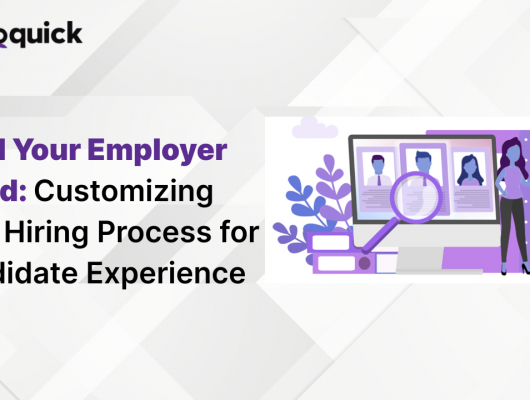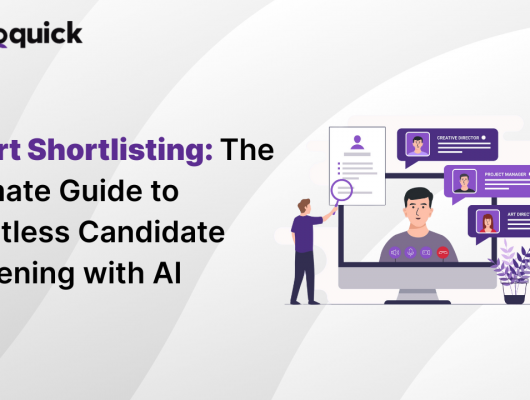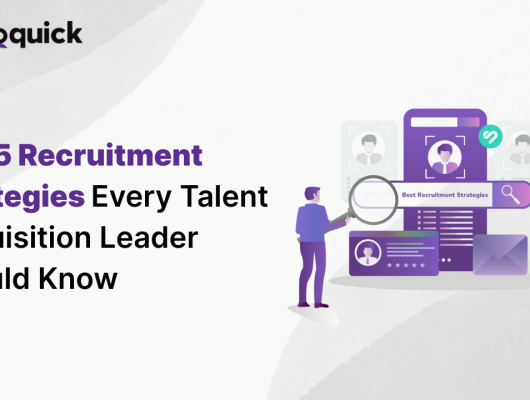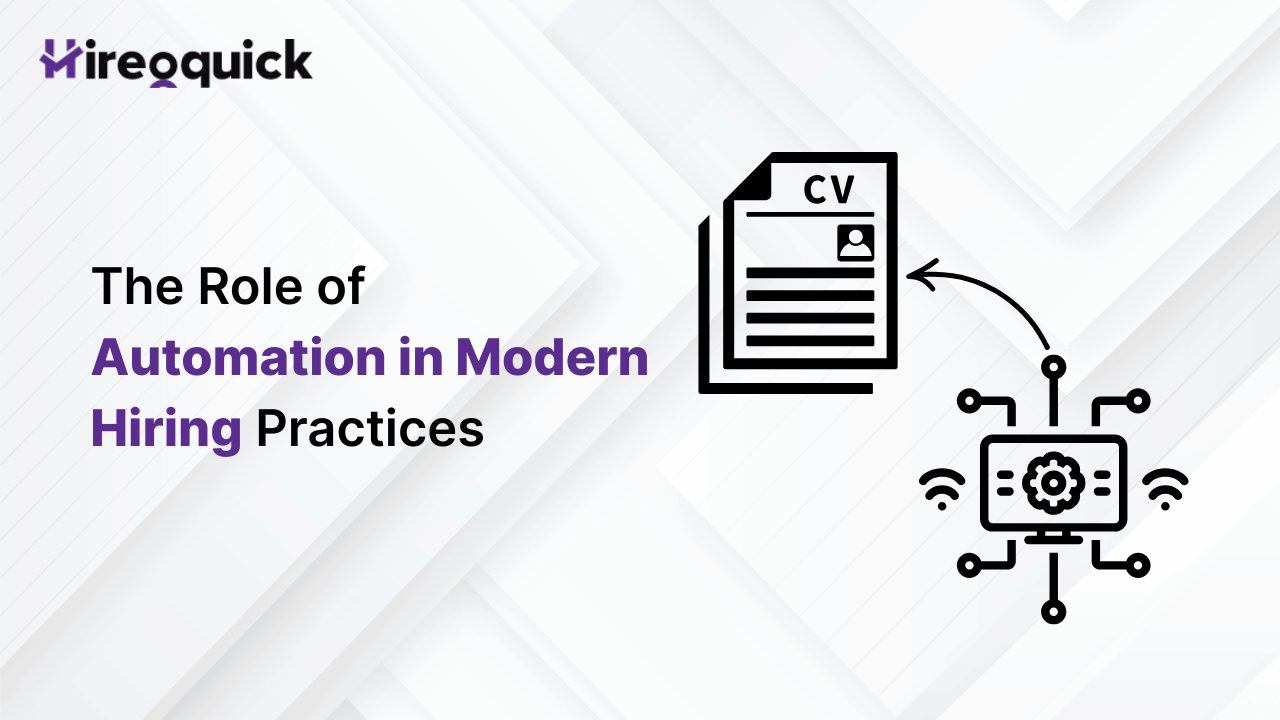
Hiring the right talent is one of the most critical functions of any business. However, the traditional hiring process can be time-consuming and inefficient, often involving tedious manual tasks such as resume screening, interview scheduling, and administrative follow-ups. These manual tasks not only slow down recruitment but also increase the likelihood of human error and bias. With the advent of technology, automation in hiring has emerged as a game-changer for organizations seeking to streamline their recruitment processes and improve overall efficiency.
Automation in hiring leverages technology to simplify and speed up repetitive tasks, allowing HR teams and recruiters to focus more on strategic decision-making and candidate engagement. In this blog, we’ll explore the pivotal role of automation in modern hiring practices and how it can benefit organizations of all sizes.
Understanding Automation in Hiring
Automation in hiring refers to the use of software and AI-powered tools to automate the various steps involved in the recruitment process, from job posting to candidate onboarding. This technology is designed to reduce manual work, improve accuracy, and enhance the overall efficiency of hiring. By automating routine tasks, businesses can ensure faster, more reliable, and bias-free hiring decisions. For more statistics on the impact of automation on hiring, check out this research by SHRM.
Why is Automation in Hiring Essential?
Increased Efficiency and Speed
Recruiting top talent often involves numerous steps, each of which can take significant time. Automating key aspects of the hiring process accelerates time-to-hire, making it easier to attract and engage candidates quickly. For example, automated resume parsing tools can screen hundreds or even thousands of resumes in seconds, while automated job posting tools can distribute job ads across multiple platforms with just a few clicks.
By eliminating the need for manual processes, automation frees up valuable time for HR professionals, allowing them to focus on high-value activities like candidate interviews, decision-making, and team collaboration.
Improved Candidate Experience
The candidate experience plays a crucial role in a company’s ability to attract top talent. An inefficient or outdated hiring process can lead to frustration, making candidates feel neglected or undervalued. With automation in hiring, companies can provide candidates with a more seamless and positive experience. Automated communication ensures that candidates are kept informed at every stage, from application to offer letter.
For example, candidates no longer have to wait weeks for feedback or interview scheduling. Automation can instantly notify candidates of their application status, and automated interview scheduling tools allow candidates to book interviews based on their availability.
Reducing Bias and Promoting Fairness
One of the biggest concerns in the hiring process is the potential for bias, whether it’s conscious or unconscious. Automated systems can help reduce human bias by relying on data-driven, objective criteria to evaluate candidates. For instance, AI-powered resume screening tools can focus solely on relevant skills and qualifications, rather than on factors like a candidate’s gender, ethnicity, or educational background.
By eliminating bias, automation helps companies make fairer, more inclusive hiring decisions, ultimately fostering a diverse workforce.
Cost Savings
Traditional hiring processes often require significant resources, from multiple rounds of interviews to administrative tasks like document management. Automation in hiring significantly reduces costs by streamlining these processes. For example, automated candidate screening eliminates the need for HR teams to manually review each resume, saving both time and money.
Additionally, many automation tools integrate seamlessly with other HR platforms, making it easier to manage the entire recruitment process in one place. This integration reduces the need for separate tools, resulting in lower overhead costs.
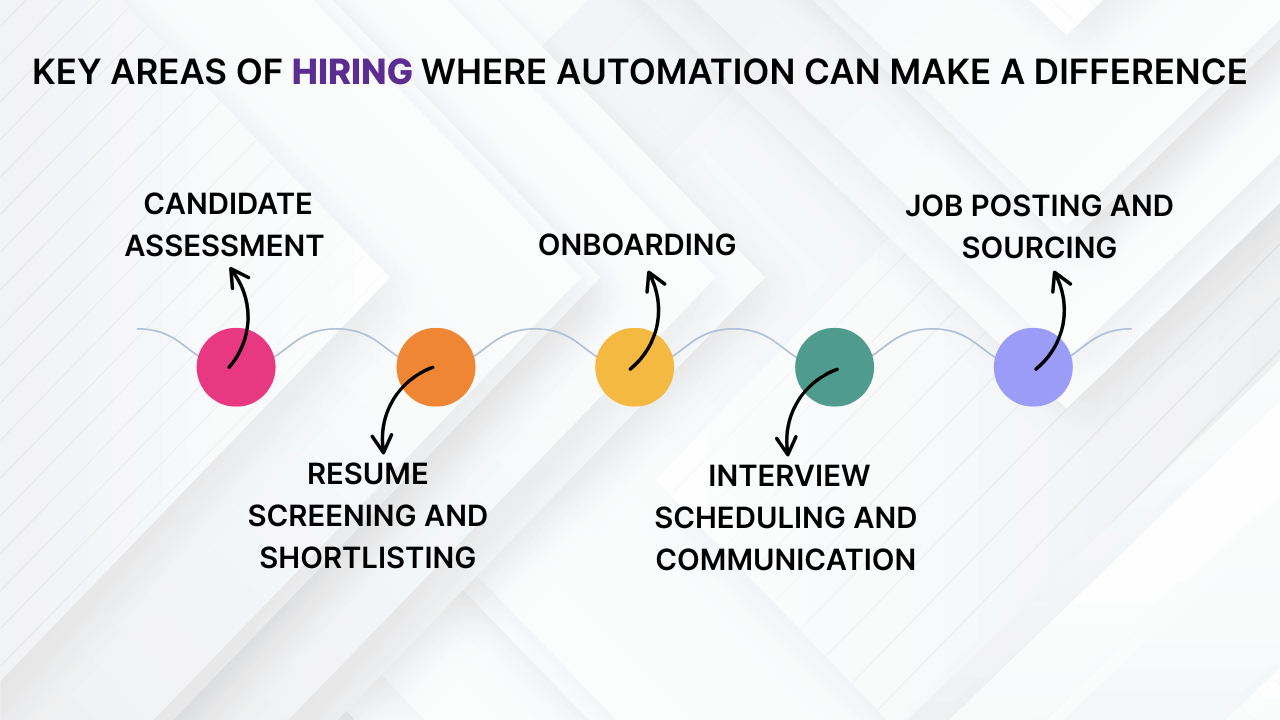
Key Areas of Hiring Where Automation Can Make a Difference
Job Posting and Sourcing
Posting job openings on multiple platforms can be a cumbersome and repetitive task. Automated tools can help streamline this process by distributing job ads across job boards, social media channels, and company websites with just a few clicks. This not only saves time but also ensures that job postings reach a wider audience, increasing the chances of finding the best-fit candidates.
Additionally, automated sourcing tools can scan resumes from various platforms like LinkedIn, job boards, and company databases to identify and reach out to potential candidates. This proactive approach to candidate sourcing can help companies find talent that they might not have discovered through traditional methods.
Resume Screening and Shortlisting
Resume screening is one of the most time-consuming tasks in recruitment. Manually reviewing resumes can take hours, if not days, especially when there are hundreds or thousands of applications to sift through. AI-powered resume parsing tools can instantly analyze resumes, extracting key information such as skills, experience, and education. These tools then compare the candidate’s qualifications with the job description to identify the most suitable candidates for the role.
AI tools can also rank candidates based on their fit for the job, making it easier for HR Tech teams to prioritize high-potential candidates and move them forward in the hiring process.
Interview Scheduling and Communication
Coordinating interviews can be a logistical nightmare, especially when dealing with multiple candidates and interviewers. Automated scheduling tools can synchronize calendars, allowing candidates to choose interview times based on their availability. These tools send automatic reminders to both candidates and interviewers, reducing the likelihood of no-shows or scheduling conflicts.
In addition to scheduling, automated communication tools can send personalized emails to candidates at each stage of the process, keeping them informed about their application status, interview details, and next steps.
Candidate Assessment
Assessing a candidate’s technical skills and personality is an essential part of the hiring process. Automated assessment tools can streamline this step by offering pre-built or customizable skill tests, coding challenges, personality tests, and situational judgment assessments. These tests can be automatically generated based on the job requirements and then distributed to candidates as part of the application process.
AI-powered assessments not only provide valuable insights into a candidate’s abilities but also save time by automating the evaluation process. For example, automated systems can instantly grade coding challenges and send feedback to candidates, enabling HR teams to quickly assess whether a candidate meets the role’s technical requirements.
Onboarding
The recruitment process doesn’t end once a candidate accepts an offer. Onboarding is an equally important step in ensuring that new hires have a smooth transition into their new roles. Automation can simplify the onboarding process by allowing HR teams to share documents, contracts, and training materials digitally. Automated systems can also track the completion of onboarding tasks, ensuring that new hires are fully prepared for their first day.
The Role of HireOquick in Revolutionizing Recruitment
One platform that has embraced the power of automation in hiring is HireOquick. HireOquick is a cutting-edge AI-powered recruitment platform designed to streamline every aspect of the hiring process. From creating job descriptions to onboarding candidates, HireOquick uses automation to simplify tedious tasks and reduce manual effort.
With features like AI-powered job creation, automated resume parsing, and custom candidate assessments, HireOquick ensures that HR teams can focus on finding the best talent while saving time and reducing the risk of bias. Furthermore, the platform offers integrated video interviews, automated scheduling, and seamless onboarding capabilities, providing a complete end-to-end solution for recruitment.
If you’re looking to improve your recruitment process and harness the power of automation, HireOquick offers a comprehensive solution that can help your organization attract, assess, and onboard talent more efficiently.
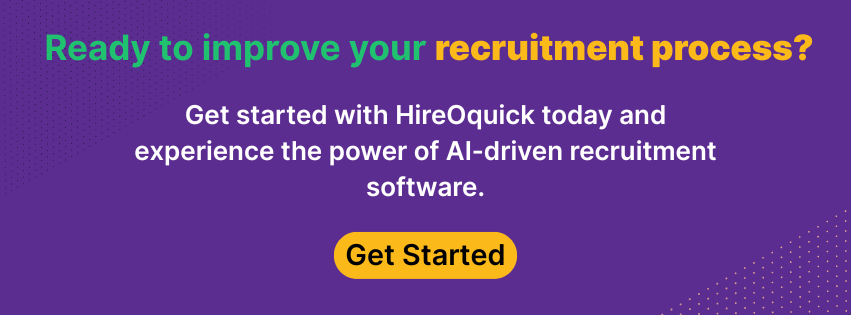
Benefits of Using Automation in Hiring
Faster Hiring Process:
Automation accelerates time-to-hire by reducing manual tasks and streamlining key recruitment processes.
Better Candidate Quality:
Automated systems ensure that only the most qualified candidates are selected based on objective criteria.
Cost-Effective:
Reduces the need for additional resources and tools, cutting down recruitment costs.
Improved Compliance:
Automated systems can track compliance with hiring laws and regulations, ensuring that the process is fair and transparent.
Conclusion
In today’s competitive job market, staying ahead of the curve in recruitment is essential for success. Automation in hiring is not just a trend; it’s a necessary evolution that helps organizations save time, reduce costs, and improve candidate quality. By automating repetitive tasks and integrating AI-powered tools, companies can create a more efficient, fair, and data-driven hiring process. Embracing automation in hiring is no longer optional—it’s a must for businesses looking to attract and retain top talent. Start leveraging automation today and transform your recruitment process for the better.

